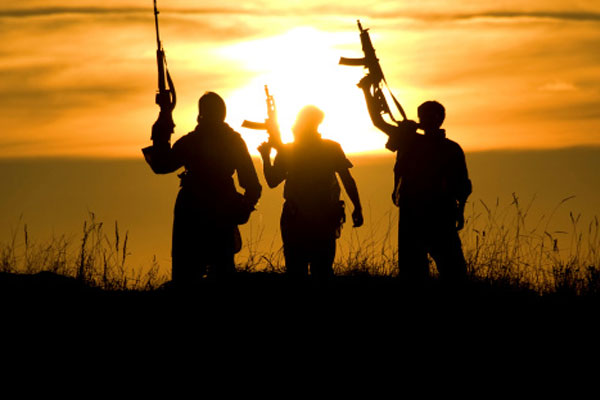New Delhi: Amid threats from the Pakistan-based terrorists, Afghan Mujahideen, insurgency in the Northeast states and the Left Wing Extremism (LWE), the Centre has enhanced Budget for the Intelligence Bureau (IB) by 13.43 per cent with allocation of Rs 3,168.36 crore.
The government has increased the Budget so that its intelligence wing is technologically equipped. This year out of the total allocation of Rs 3,168.36 crore, Rs 3039.36 have been allocated for the revenue expenditure and Rs 129 crore for capital outlay.
In the last fiscal year 2021-2022, the revised Budget of the intelligence gathering agency was Rs 2,793.02 crore. Interestingly, the last fiscal Budget estimate was Rs 2839.24 crore. In the 2020-2021 fiscal year, the bureau has been allocated Rs 2,350.56 crore.
The increase in the Budget is also related to a bigger role the government has assigned to the bureau relating to the neighbouring countries of Bangladesh and Myanmar also.
The government has designated IB’s Multi-Agency Centre (MAC) as the nodal point for sharing intelligence inputs with Bangladesh and Myanmar. Generally, India’s external intelligence agency, the Research and Analysis Wing (R&AW), deals with intelligence affairs in the foreign nations.
The MAC was created in December 2001 in the aftermath of the Kargil conflict as a platform to share, collate and analyse all intelligence relating to terrorism.
It was strengthened in December 2008 following the 26/11 Mumbai terror attacks. The forum, along with its Subsidiary MAC (SMAC) units in all the states, has emerged as the nationally recognised coordinating agency for intelligence on terrorism and insurgency.
A dedicated, secure electronic network for real-time information sharing has been extended across the country.
On an average, every day the MAC gathers, collates, stores, shares and disseminates about 150 inputs to the concerned agencies. Special alerts are also issued as and when called for.
The inputs are broadly divided under four heads — Jammu and Kashmir, Northeast, Left Wing Extremism (LWE) and the rest of India. The LWE-related inputs form the largest proportion of the total inputs received by the MAC currently, reflecting the spread of the problem across several states.
Various meetings are held regularly across the country to bring together all the concerned agencies. A meeting of the nodal officers from each member agency of the MAC is held every day at the MAC headquarters to review the inputs.
The MAC also conducts some specialised meetings, monthly meeting on cross-border terrorism in Jammu and Kashmir and monthly meeting on insurgent camps, FICN and other anti-India activities in Bangladesh and Myanmar.
The fortnightly meeting on LWE was introduced in 2012 and the monthly meeting on the Sikh militancy in Punjab started in 2015. And with cases of resurgence of the Khalistani militants since 2020, the bureau has increased such interactions.
With increase in such cases, the government has taken various steps to strengthen the bureau, which is currently headed by 1984 batch officer Arvind Kumar.
(IANS)


Comments are closed.